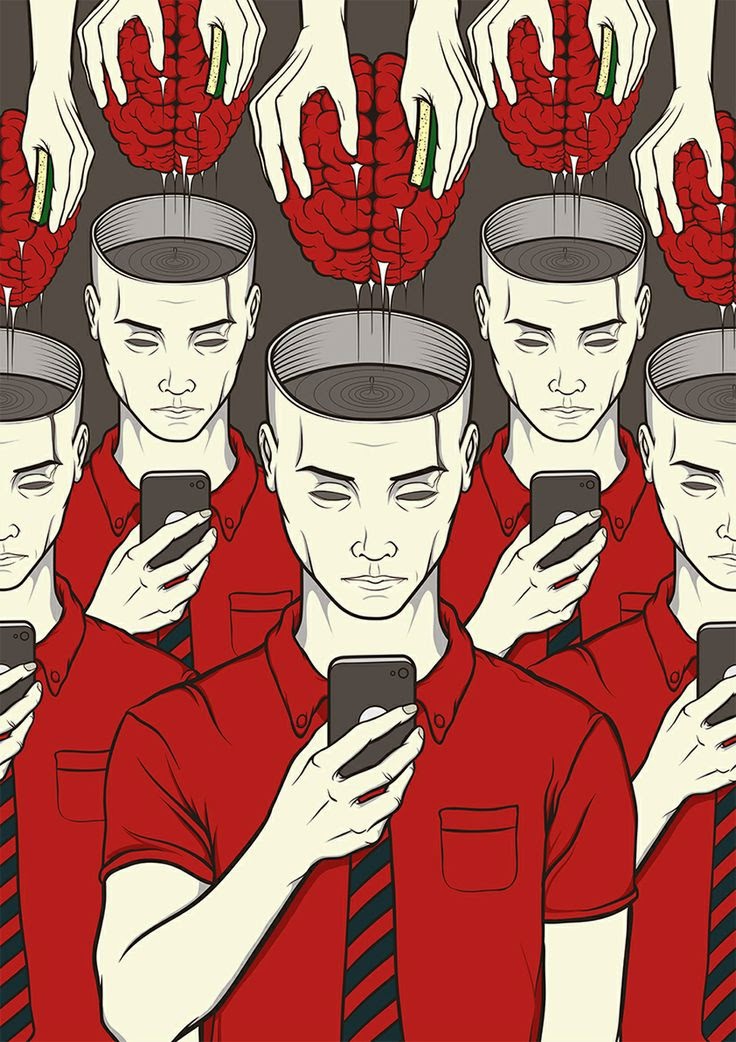In art and design, mass media is portrayed as VISUAL COMMUNICATION/COMMUNICATION DESIGN and GRAPHIC DESIGN, the latter including:
- Typography
- Advertising
- Printed Media
- Social Commentry/activism
- Branding
- Propaganda
- Packaging
Like most areas of art and design or communication, vis com originated from early cave paintings and fine art. In the earlier eras art was a common form of visual communication due population being predominantly illiterate.
In the 19th and 20th century, it was common for advertisements to be created by adding text to a piece of fine art or painting.
Graphic Design is a relatively young term introduced by William Addison Dwiggins. Other practitioners thought of their own interpretations for example:
Max Bill and Josef Muller-Brockman: 'Visual Communication'
Richard Hollis: 'Graphic Design is the business of making or choosing marks and arranging them on a surface to convey an idea'
Paul Rand: '..graphic design, in the end, deals with the spectator, and because it is the goal of the designer to be persuasive or at least informative, it follows that the designers problems are twofold: to anticipate the spectators reactions and to meet his own aesthetic needs'.
Early Graphic Design was more about advertising; a lot of the time for events.
 |
| Alphonse Mucha, Job, 1898, Poster for cigarette papers |
 |
| Henri de Toulouse-Lautrec, Aristide Bruant, 1893, poster |
 |
| Charles Rennie Mackintosh, Scottish Musical Review, 1896, poster |
 |
| Alfred Leete, Britons wants you, 1914, poster |
 |
| James Montgomery Flagg, I want you for U.S. army, 1917, poster |
 |
| Julius Gipkens, Trophies of the Air War, 1917, poster |
Before and during the war Graphic Design did exist other than propaganda, some key admirable pieces include:
 |
| El Lissitzky, Beat the Whites with the Rd Wedge, 1919, poster |
 |
| Wassily Kandinsky (1886-1944), Composition VIII, 1923 |
 |
| F.H. Stingemore (UK),London Underground Map, 1931-2 |
In the post war periods, consumerism became important in order to rebuild communities. Popular culture and corporate design also arose in this period.
Some well known post war graphic designers include:
Some well known post war graphic designers include:
- Paul Rand- famous for creation of logos such as 'abc'
- Helmut Krone- Volkswagen 'think small' advert
- Saul Bass- Horror film posters
- James Reid- Controversial Sex Pistols poster
- Neville Brody- 'The Face' magazine covers
- David Carson- 'Ray Gun' magazine covers
- Mark Farrow- 'Spiritualized' CD packaging
- Oliviero Toscani- 'Benneton' adverts
To conclude, communication through the mass media has been predominantly pursued through Graphic Design, a fairly new term, that has been established since the late 1800s. Mass communication through pictures was considered the norm in the early days when the majority of the population was illiterate. Since then, Graphic Design has diversified into many different areas, serving many different purposes.












